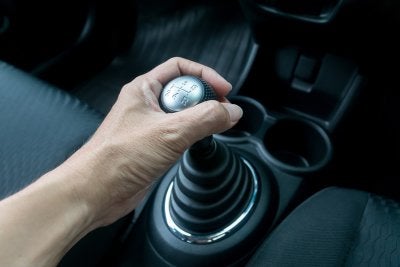With the rising popularity of automatic transmissions, the manual transmission has been phased out by many car manufacturers. However, a manual transmission provides the driver with complete connection and control over the inner workings of his or her vehicle. To avoid transmission problems in your manual car, you can schedule transmission service in Bethesda, MD, at regular intervals. A transmission specialist will know how to address a variety of transmission issues, and routine care will keep your manual car on the road for much longer. If you are wondering about how to identify transmission problems, here is a look at how manual transmissions work. 
The Driver Depresses the Clutch Pedal
One of the top differences between a manual and automatic transmission is that a driver is required to use a clutch when he or she is behind the wheel of a stick shift. When the clutch pedal is depressed, the pressure plate and flywheel are released. This action breaks the connection between the engine and the transmission, allowing the driver to select a new gear.
The Stick Shift Changes Gears
With the clutch pedal depressed, the driver is able to select a new gear. Each gear delivers a specific amount of power and speed to the four wheels of the car. In order to change gears, a driver must use the stick shift. As the stick shift is moved, a selector fork in the transmission will change the gear ratio in the transmission. This process must be repeated every time the car needs a change of gears.
The Output Shaft Rotates
The turning of the gears in the manual transmission causes a component called the output shaft to rotate. As the output shaft rotates, it will spin in synchronized time to the currently selected gears. The spinning of the output shaft will allow the wheels of the car to turn. Once the clutch pedal is engaged, the output shaft will no longer send power to the car’s wheels.

